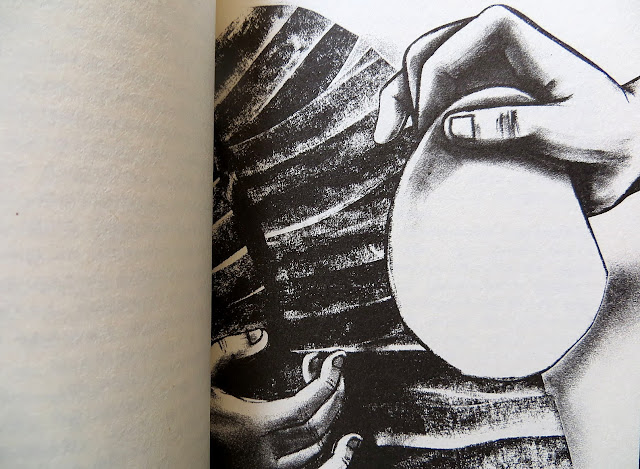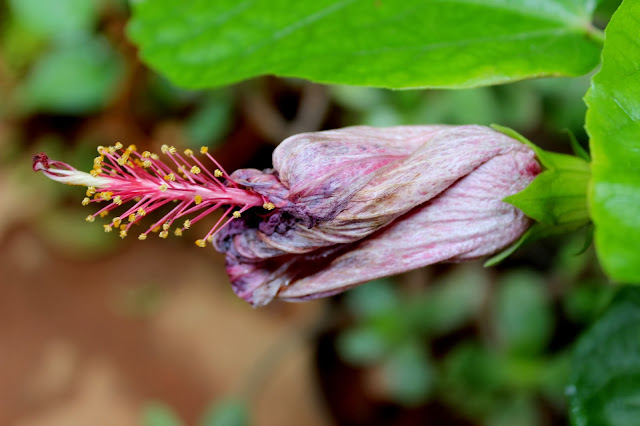When I look at this image that I've created after my return from
Hampi, I cannot help thinking how comical it is and yet so reassuring at the same time. This is my interpretation of Hampi; reassuring in its simplicity and unpretentiousness and yet simultaneously comical in the strange vibe it gives off, thanks to the kind of people who flock to the land and inhabit it - gaudily dressed hippies and English speaking villagers who intersperse its giant boulders. I had the option to either immerse myself in hippiedom or in natural surroundings. I chose the latter which is why the picture above is sans hippie.
My first visit to Hampi was over 10 years ago when it was far less touristy and when thanks to the kindness of a villager, for some fifty rupees I was taken to see all the many monuments of Hampi off the beaten track known only to locals and given one of the most unforgettable experiences of my life.
This time however, I was very clear that I wanted to relax and take a total break after hurtling from deadline to deadline for nearly the entire year and to resuscitate my brains which had been frying over the internet way too long. I did exactly that, and Hampi was the perfect place with its 'chill-out joints', natural beauty and laid back atmosphere.
I didn't take too make photographs, I didn't anxiously try to create magnificent drawings in my sketchbook, I simply ate, slept, took long walks, finished a
storybook, explored shapes in my drawings and drank lots of masala chai. It was wonderful.
Here are some pictures that I'd like to share with you all -
The sweet smell of exhaled pot-fumes and lolling hippies finally calmed my anxious city-girl nerves at the Laughing Buddha, where I drew Matanga Hill while eating a delicious wood-fired pizza.
Day 2, I grudgingly clambered over to Achutaraya temple and stuffed up many attempts to capture its shape in my sketchbook. Then I got up and explored the beautiful landscape further, breathed freely in open space, drew some more and caught the last ferry back across the river.
The final day, I simply drank lots of masala chai, finished my book, swayed gently to sleep on the hammock and took leisurely walks along the river. The only tangible things I brought back with me were my drawings and these beautiful stones that I found along the banks of the Tungabadra. What better treasures could any traveller carry back?
While processing my visit on my return, I remembered that I had chanced on an unusual 45-degree angle of
Virupaksha temple which I had happened to glance up at while returning to the ferry in the late afternoon sun. A dark jagged curve climbed up against the sky along the left side of the temple and seared downwards in a dark trail across the centre. I drew it at home in my large Moleskine sketchbook with graphite and pastel.
Later I reminisced about the things I saw to another artist who had visited Hampi earlier. "The shapes at Hampi are different from the shapes in Bangalore" I said. My listener knew exactly what I meant. Ultimately I think that is what we artists do, gather shapes and collect them within the pages of sketchbooks. And then sometimes we interpret them in our pictures. That is what we live for.
The Journey


















































